Today, I want you to move beyond your current circle of influencers. Find a new industry. Find new people. Start collaborating with people, companies or organizations way outside of your comfort zone.
Most business models today want to go it alone because collaborations are not easy. But most business models are in fact collaborations, and most extremely successful business models involve bold collaborations that were likely uncomfortable for everyone involved during the negotiation of the collaboration. It takes courage to collaborate. You must be willing to let go of ego, share the spoils of success, recover from someone else’s failures, and to let others influence your vision.
For my 45th Birthday, a lunch was arranged with one of my business heroes, Dee Hock, the Founder of Visa and author of The Chaordic Age. I was fascinated with how he looked at business and the world as being this combination of chaos and order. He created Visa to be self-organizing and able to collaborate with any bank, anywhere in the world. This was a wildly different model than what MasterCard and American Express were doing at the time. It was an incredibly collaborative model held together by a central processing system that today does over a trillion transactions per year and most people have no idea where it is headquartered or who the CEO is.
Mr. Hock showed me something that day that I’ll never forget. He drew three concentric circles and shared with me his vision for collaborative business:
1-The center circle is the block and tackle of an industry: the sourcing, manufacturing, distribution, sales, marketing and customer service.
2-The second circle is made up of the things that impact the central circle: the banks, universities, supply chains, sales organizations.
3-The outermost circle are things that have no relationship to the inner circle: other industries, professions, products and cultures.
Then he looked at me and said, “You tie your business from the inner circle into a collaboration of at least one company or partner in the second and third circle, and you have a new model for business.”
If Mr. Hock wasn’t such a visionary, it would sound like an absurd idea, but he’s right, and the most progressive, successful and nimble businesses on the planet are doing just that.
Let me give you a few examples of how we put Mr. Hock’s concentric circle theory to the test. Example one is when we launched the Pepsi Dream Machine. With the blessing and vision of Pepsi’s senior VP, Jeremy Cage, we collaborated with the Entrepreneurial BootCamp for Veterans with Disabilities (a University program to give veterans the education they need to become entrepreneurs), and with Greenopolis, a Waste Management social network. The result is an incredibly successful recycling program. It features an interactive screen that dispenses reward points that can be redeemed for entertainment, dining and more. It was a bold collaboration that moved the recycling container from out back behind the trash can to front and center in both physical presence and in people’s consciousness.
With Pet Promise, this simple collaboration concentric circle model led to our spokesperson for the Pet Promise brand being a medical doctor—not a vet. And Dr. Weil, who became our spokesperson (and who also sported a big white beard) also helped with the formulation of the food. This made the difference in Pet Promise becoming the leading national brand of Natural and Organic Pet Food and in accelerating an entire new category of pet food, in spite of everyone telling us that people won’t recognize a medical doctor in pet food.
I know you are probably thinking about other examples, so you get the point. But my suggestion is that you draw the three circles and think about your current industry. Your current business. Think about collaborating within those concentric outside circles. Lay out what an uncomfortable collaboration could be or look like and go to your boss/financier/confident with the idea and the thought process. Tell them you have been thinking about how industries get disrupted and new business models emerge like Visa through collaborations, especially uncomfortable ones.
In fact, think about your networking circle and immediately widen it. If you are going to your partners’ holiday party, make it a priority to meet several new people with new disciplines. Your personal collaboration in the second and third circle can bring you to places from career building that you never thought about, and most importantly, the more diverse your network the more valuable you are to everyone around you.
So, I’ll close with a quote that sums this idea up very well…
I think when you get people who are really talented and you take them out of thier comfort zone, you get a lot more out of them. –Gore Verbinski
AZ


